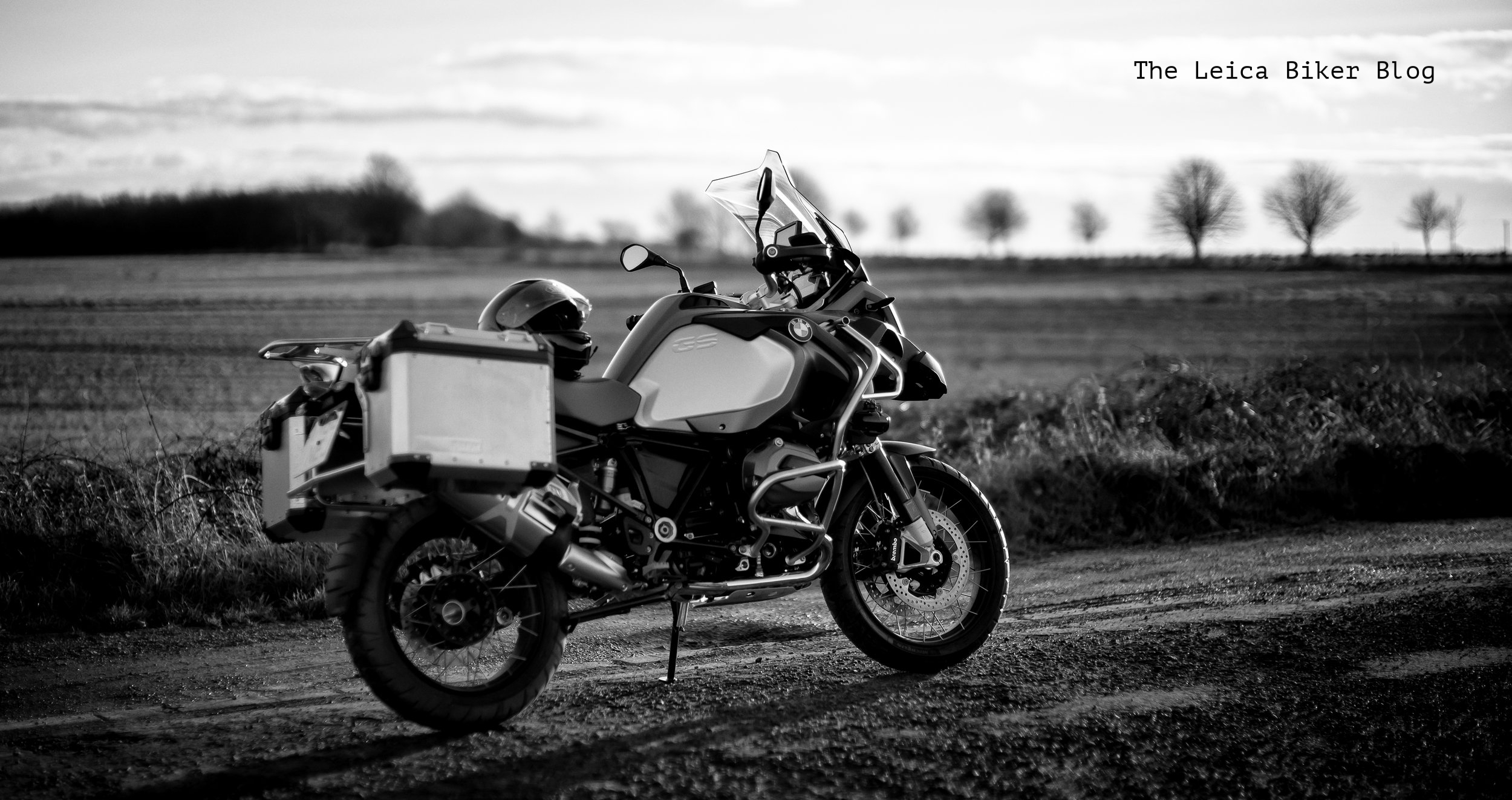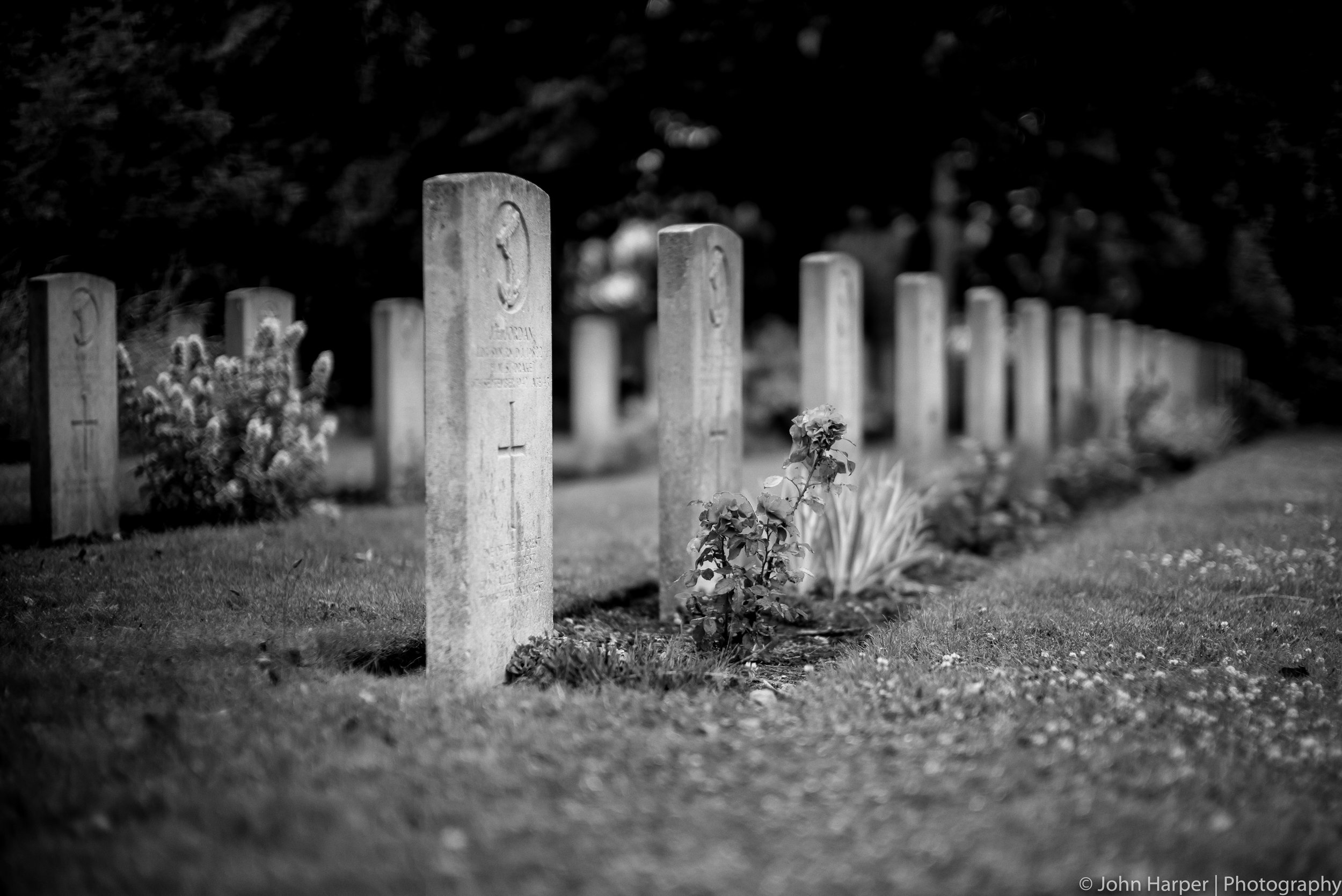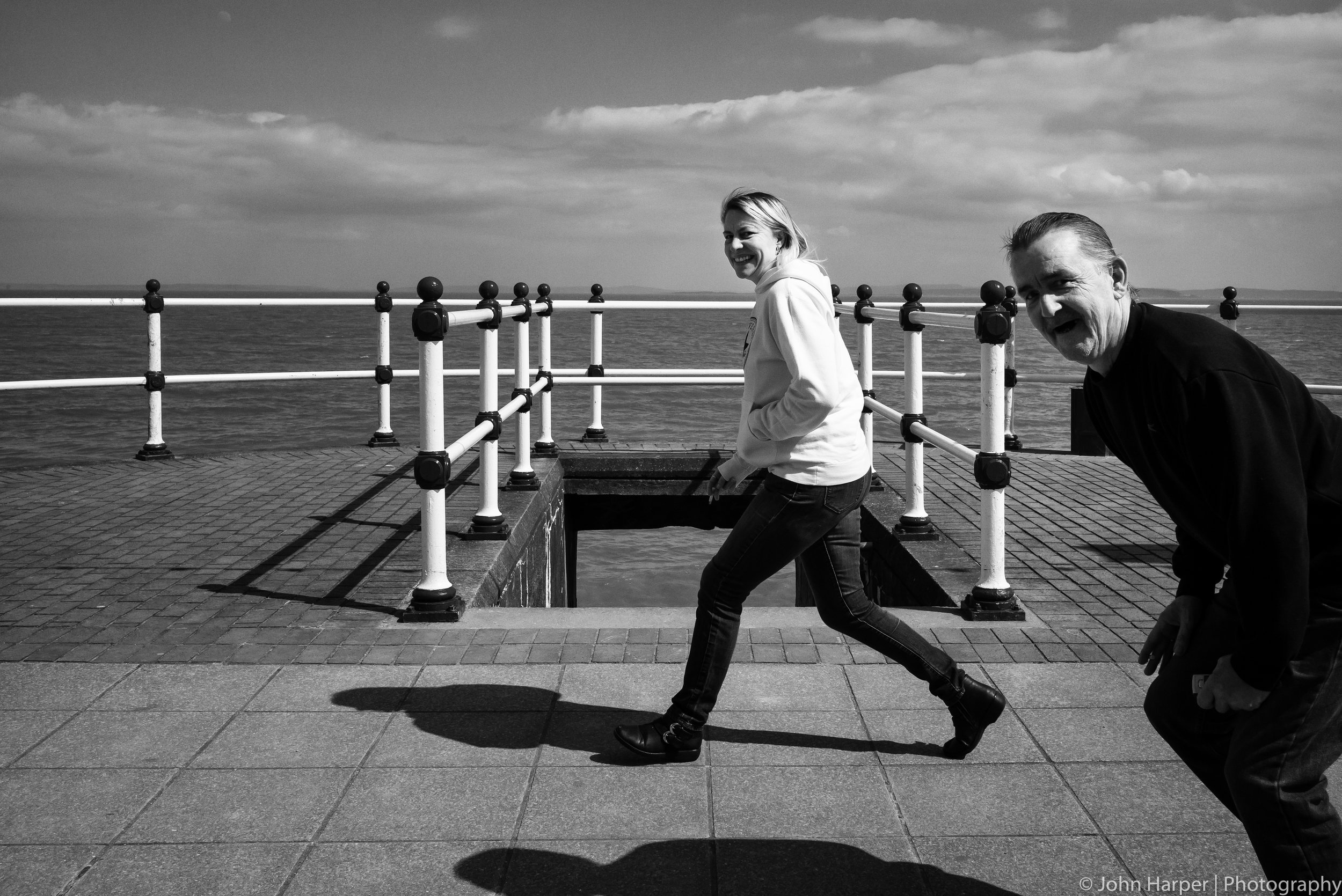Firstly I'd better clarify that title for those who aren't familiar with the various dialects of England. If you're in the North of the country it is quite usual to place "dead" in front of a statement - "He's dead good looking", "this is dead boring" etc, etc. In my last blog I was grumbling about the lack of any modern architecture in my neck of the woods, this week I thought I'd make the short trip over to Bristol where there might be a possibility of some. More of that in a moment, first this -
As usual my plans change once I'm on the bike. I was riding through Bristol on my way to a spot which may have proved good on the architectural front when I saw something that reminded me of my friend Patrick Janssens. I went through the entrance, rode around a kind of horseshoe shaped drive and parked up. I headed for a splendid looking old building with a glass extension housing a coffee shop. I ordered a Cappuccino and a slice of cake, sat outside on a terrace looking at a cemetery...a coffee shop in a cemetery?! You see, Patrick is not only a photographer, but fast becoming a respected expert on his chosen project - Cemeteries. He produces excellent photographs coupled with a scientific approach to his research using his analytical mind, it really is "dead Interesting". A link to his website if anyone is interested - Patrick Janssens
So, a quick chat to one of the people working at Arnos Vale Cemetery reveals that there are close to 300,000 people remembered here. They have been computerising the records for the last 7 years, with a team deciphering the old ledgers, they're a long way from finishing. For many years the cemetery was neglected and volunteers are attempting to bring the place back to life - not literally of course! It's a 45 acre site and I was pointed "up" a path to start exploring and when they say "up" they meant "up". I worked out using my iPhone that I'd walked around two and a half miles, mostly uphill because I walked to the top, took the wrong route back and had to walk all the way up a second time. Now, neglected doesn't begin to cover it, you're basically walking through woods and in amongst the trees and undergrowth are thousands of graves. It began raining hard (how predictable), I took cover in the woods slipping and tripping over the dead. It was eerily quiet apart from the sound of my heavy breathing and heart pounding from the climb, not a soul about, both literally and figuratively. If someone had chosen that moment to tap me on the shoulder I would have joined the rest of our lost friends in the woods!
By the way, the first two photos were of the furnace which was in a basement of the first building I saw, the turning handle was used to lower the bodies; I named it "The Wheel of Death" which I wish I hadn't because it got a little creepy down there!
It was interesting to note that some of these fairly modest memorials (larger than those shown above) which are abandoned in the woods would have cost around £60,000 in today's money. Once you get back down the hill to the main part then things are much tidier, there are graves for the armed forces and many interesting tombs. Final two more from the cemetery visit - "Lest We Forget" -
Right, time to get back on the bike and get on with the much more serious business of trying to take a decent Street shot. I'm going to mention another friend of mine, Jeff Chane-Mouye. Jeff and I have been discussing the matter of finding your background first, thinking about composition and not chasing about after interesting people to shoot. We had the example I gave Jeff Sam Abell - The Life of a Photograph a quite long youtube video, but worth every second and he gave me http://www.bigheadtaco.com/2017/06/street-photography-101-composition-vs.html well worth a read. Both of us, the extremely talented Sam Abell and Bigheadtaco are agreed. Putting it into practice is a different matter. I always look for backgrounds in any case, particularly with portraits I'm thinking about composition and light firstly, then I'm placing my subject into the scene or hoping they walk into it if I'm doing a family shoot. What I don't posses is very much patience, this is why I don't do Long Exposure Landscape for example. Again if anyone is interested in viewing Jeff's work and I strongly recommend it, here's the link to his website - Jeff Chane-Mouye Photography
Into Bristol and a sequence of shots, please note; I don't post these as being of any great example of Street Photography or even representative of good photography, I'm simply illustrating a point. The light was unbelievably flat incidentally! I take the first and see an arch (1). That could be interesting so I take a couple further down, now we have more arches. I wan't to get 3 in there somehow, we know I like three's. Nope can't do it and that lamppost is really annoying (2&3). So I try a different angle, three people in this one at least (4). Next I line myself up and have the geometry and composition reasonably correct (5). Finally I more or less have it, but what I want is the guy who put those posts in to have lined them up with the arches properly and I want three people, one walking in each arch, preferably in the same direction (6)... dream on!
I'd been there for quite a while by now and enough is enough, standing there for eternity and what would I have at the end? Well, something I wanted, but possibly not a very good photograph. This system does work though, it needs perseverance and I know from experience that it will definitely produce the results. I had a quick look through my files and saw many examples of where I framed the shot and waited patiently for the photograph to evolve, which turned out to be the correct thing to do. Finally here's a few very randomly selected of those whereby I composed and waited, for someone to appear into the frame or perhaps walk into the light as is the case of the guy with his bike -
Well it's time to sign off. A lot to think about here; Life, Death and Photography!
As usual I would be delighted to read any comments and my sincere thanks go to anyone taking the time to read my blog.
All images can be opened by clicking on the thumbnails and are taken using a Leica M with either Summicron 35mm or Noctilux 50mm lenses fitted.


















